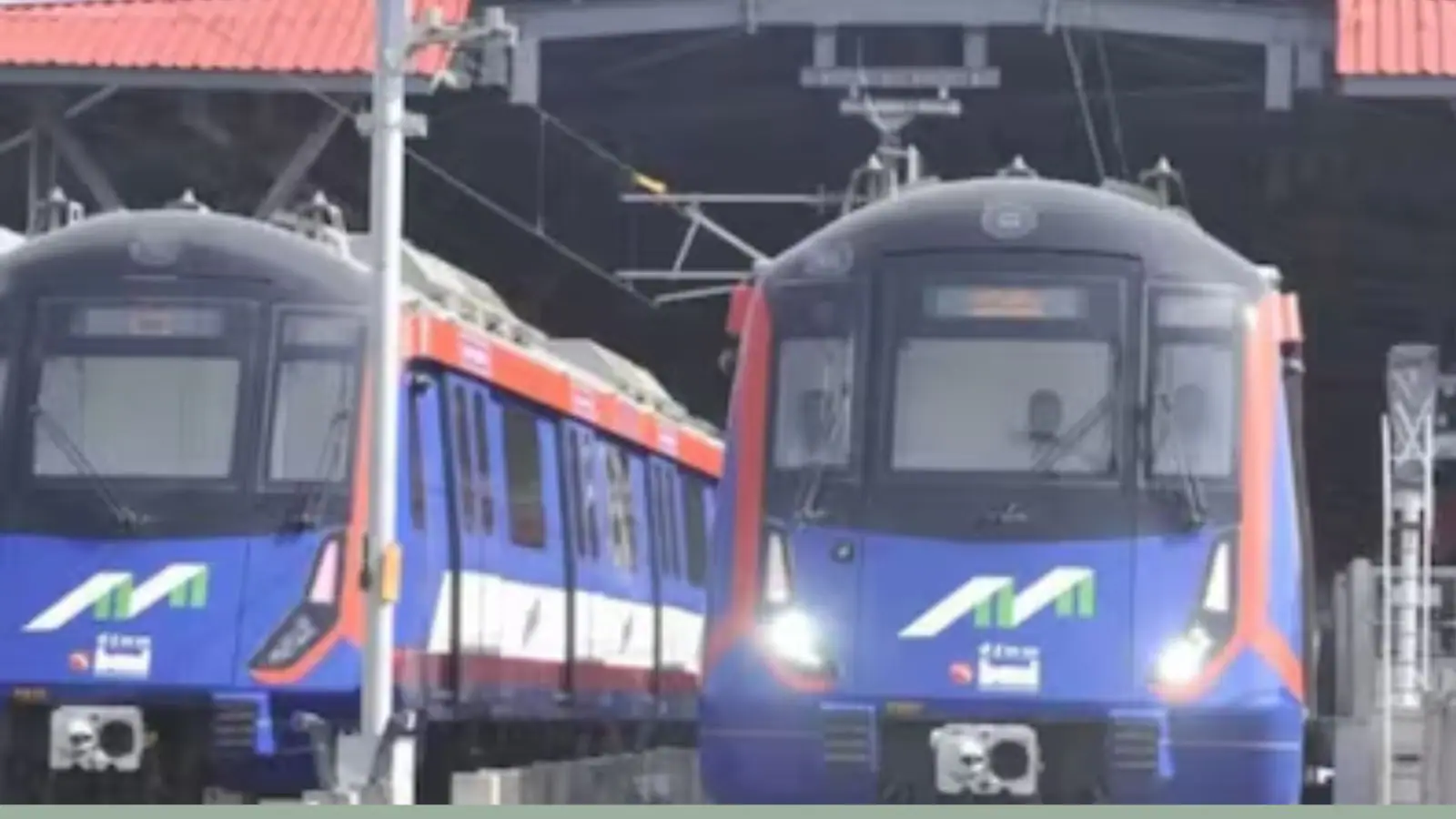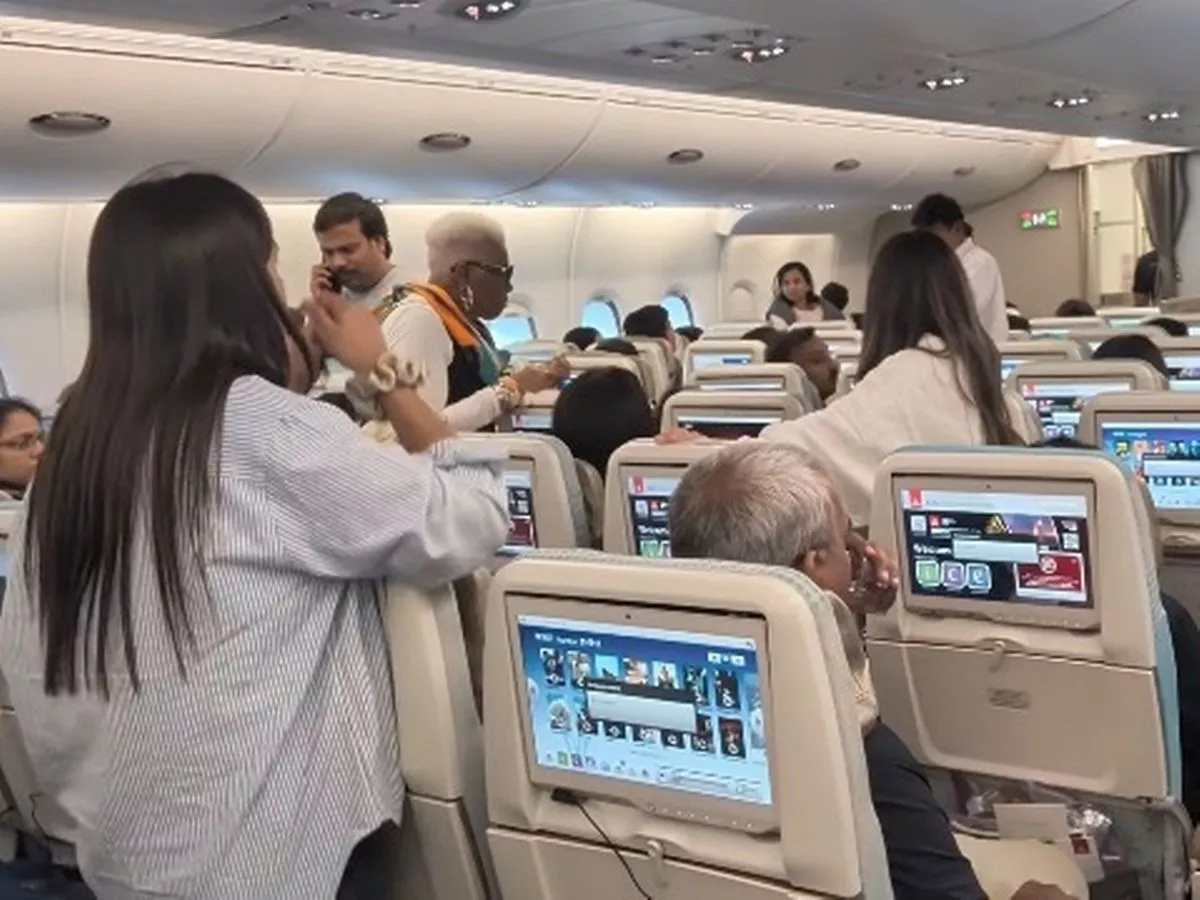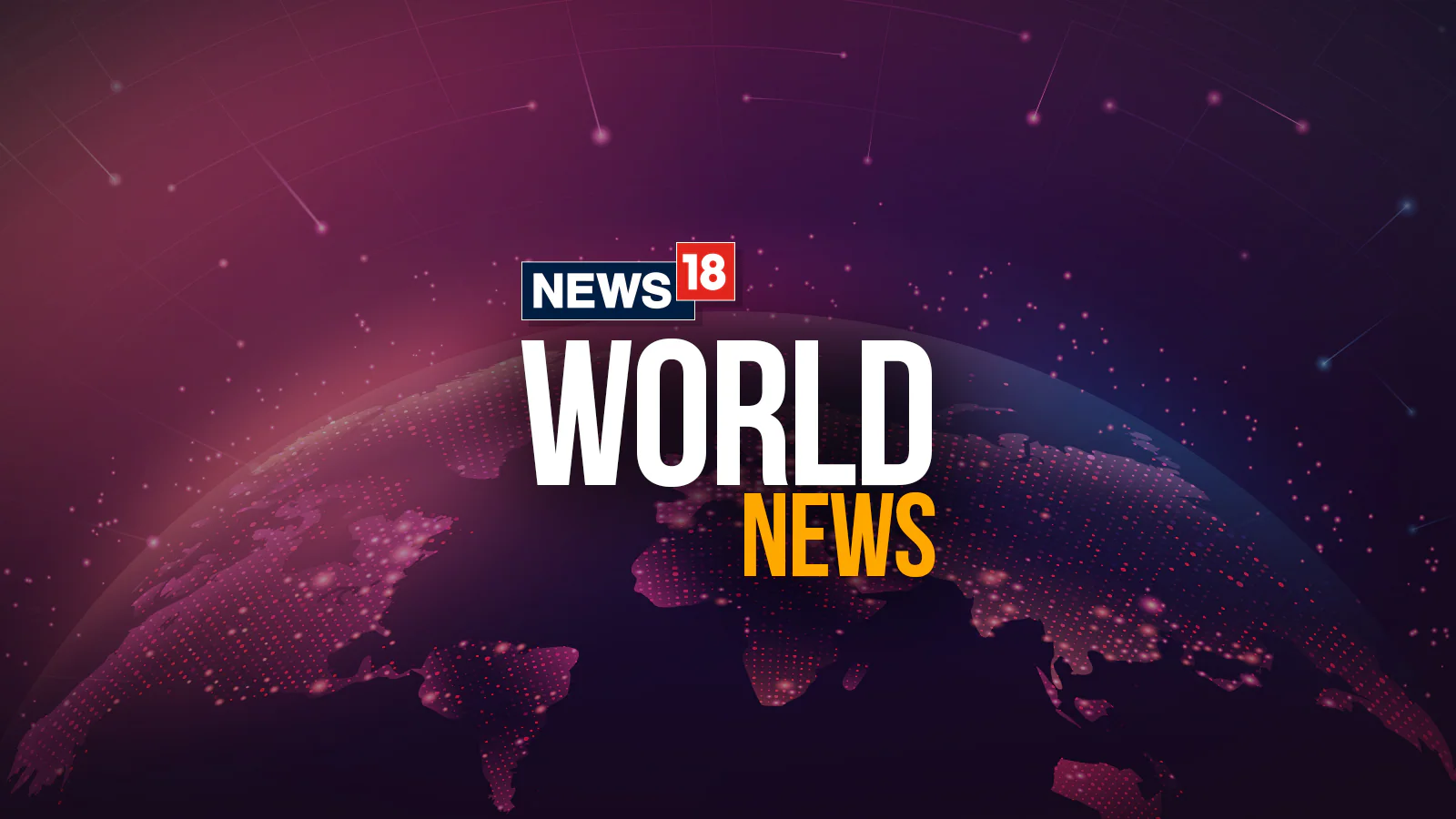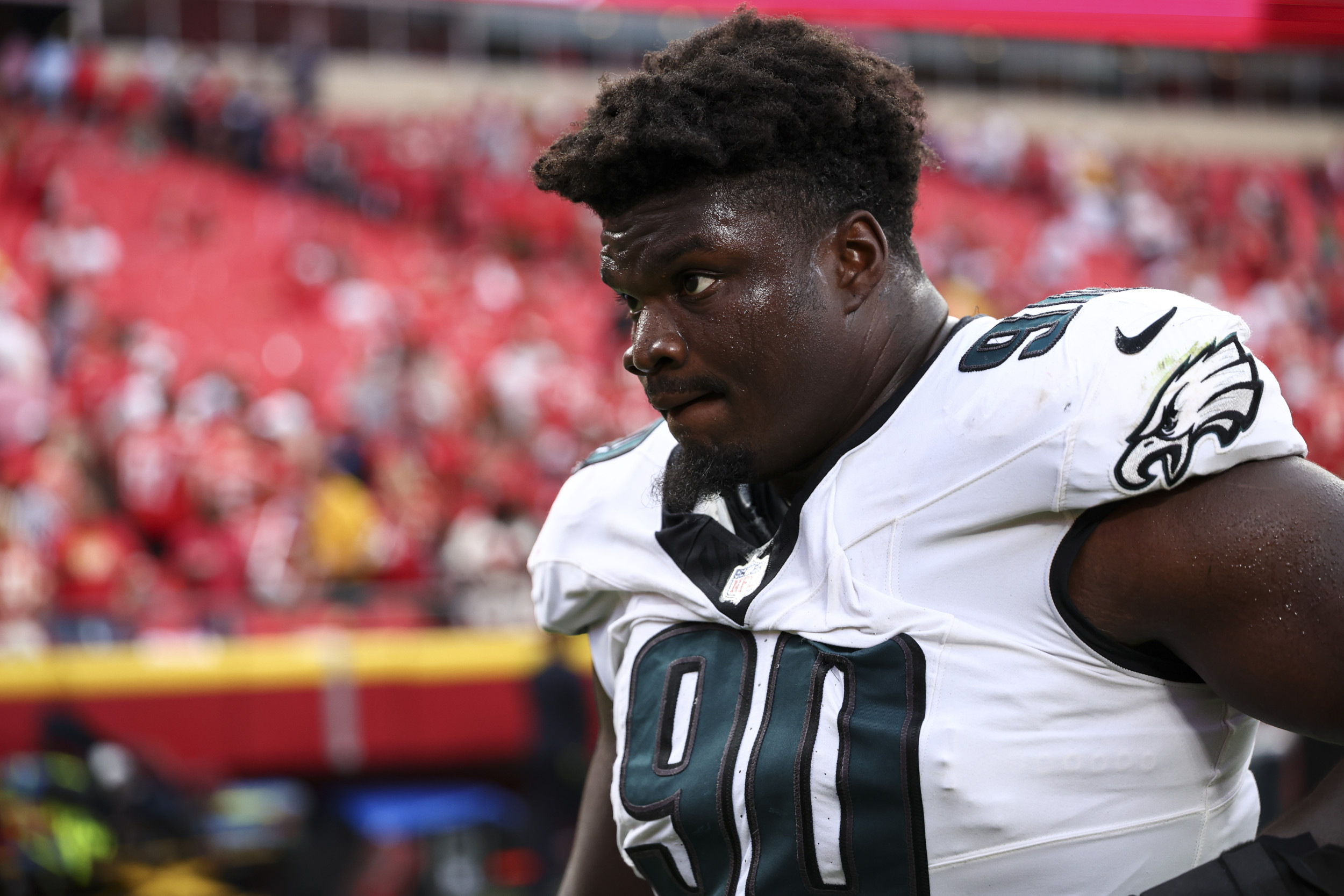DN Nagar, Gundavali, Marol Naka & Kurla: Mumbai Metro Stops Push Connectivity In New Direction
By Manjiri Joshi,News18
Copyright news18

Mumbai Metro Connectivity: Even as Mumbai and the Mumbai Metro Rail Corporation (MMRC) navigate the Metro maze, key component of this travel puzzle for commuters are the interchanges – the points or stations from where you can change over to a different route on the network.
While technically it is a change of route, the interchanges are facilitating much more than that – connecting distant areas, saving commute time and bringing ease of travel.
Mumbai has four functional lines at the moment — Line 1: Versova-Andheri-Ghatkopar; Line 2A: Dahisar East to DN Nagar; Line 3: Colaba-BKC-Aarey (partial, as of September 26, 2025); Line 7: Dahisar East to Gundavali.
MUMBAI METRO’S 4 MAIN INTERCHANGES
1. DN Nagar Station (Mumbai Metro Line 1 to Mumbai Metro Line 2A)
It connects:
Line 1 (Versova-Ghatkopar, the East-West corridor): The stations on this line are Versova, DN Nagar, Azad Nagar, Andheri, Western Express Highway, Chakala (J B Nagar), Airport Road, Marol Naka, Saki Naka, Asalpha, Jagruti Nagar, Ghatkopar.
Line 2A (Dahisar East-DN Nagar, the North-South corridor): The stations on this line are Dahisar East, Anand Nagar, Kandarpada, Mandapeshwar, Eksar, Borivali West, Pahadi Eksar, Kandivali West, Dahanukarwadi, Valnai-Meeth Chowky, Malad West, Lower Malad, Pahadi Goregaon, Goregaon West, Oshiwara, Lower Oshiwara, Andheri West (D.N. Nagar interchange).
Location: Western suburbs, linking Andheri West to Borivali-Dahisar belt.
How it helps Mumbai Metro commuters
East-West linked to North-South: The connector helps suburban commuters who previously had to switch between autos, BEST, or local trains.
It has decongested Western Line trains by offering a parallel north-south option.
It has boosted real estate value in DN Nagar and Oshiwara.
It has encouraged more transit-oriented development (TOD) in the west.
Ground reality: Earlier, the travel from say a suburb such as Thane on Central Railway to Dahisar East used to involve travelling all the way to Dadar or CSMT and then Churchgate, from where one could enter the Western Railway line, or even Kurla and then the switch to Andheri from harbour. Now, the Metro interchange ensures smoother travel between different ends of the city.
View this post on Instagram
A post shared by MumbaiMetro3 (@mumbaimetro3)
2. Gundavali Station (Mumbai Metro Line 1 to Mumbai Metro Line 7)
It connects:
Line 1 (Versova-Ghatkopar): The stations on the route are — Versova, DN Nagar, Azad Nagar, Andheri, Western Express Highway, Chakala (J B Nagar), Airport Road, Marol Naka, Saki Naka, Asalpha, Jagruti Nagar, Ghatkopar.
Line 7 (Dahisar East-Gundavali): The stations on this route are Dahisar East, Ovaripada, Rashtriya Udyan, Devipada, Magathane, Poisar, Akurli, Kurar, Dindoshi, Aarey, Goregaon East, Jogeshwari East, Gundavali (Andheri East).
Location: Just near Andheri railway station; connected via skywalk/escalators.
WEH is a station on Mumbai Metro Line 1 (Versova Ghatkopar). There is a foot overbridge (58 metres long) that connects the WEH station (Line 1) with Gundavali on Line 7. The WEH and the footbridge allow interchange between Line 1 and Line 7.
How it helps Mumbai Metro commuters
This interchange can be called the first node connecting east-west with north-south metro.
It has reduced the travel time between Andheri East-Borivali and Ghatkopar-Versova.
It is key for office-goers heading to SEEPZ, MIDC, and commercial districts.
It has helped decongest Andheri station, one of the busiest suburban rail stations.
Ground reality: Gundavali interchange has made what was seen as impossible, possible — east and west suburbs.
3. Marol Naka (elevated Mumbai Metro 1 to underground Mumbai Metro 3)
Line 1 (Versova-Ghatkopar): The route has these stations — Versova, DN Nagar, Azad Nagar, Andheri, Western Express Highway, Chakala (J B Nagar), Airport Road, Marol Naka, Saki Naka, Asalpha, Jagruti Nagar, Ghatkopar.
Line 3 (Aarey-Worli, as of September 26, 2025): The fully underground Mumbai Metro-3 has following stations — Cuffe Parade, Vidhan Bhavan, Churchgate (Hutatma Chowk), Kalbadevi, Girgaon, Grant Road, Mumbai Central, Mahalaxmi, Science Museum, Acharya Atre Chowk (Worli), Siddhivinayak, Dadar, Shitladevi, Dharavi, BKC, Vidyanagari, Santacruz, CSIA Domestic Airport, Sahar Road, CSIA International Airport (T2), Marol Naka, MIDC, SEEPZ, Aarey (Aarey-Worli open as of September 26).
Location: Marol Naka is located in Andheri East, Mumbai, at the intersection of Andheri-Kurla Road, Marol Maroshi Road. As one line is underground and other is elevated, you have to exit from one, walk outside, and then enter the other.
How it helps Mumbai Metro commuters
The interchange enables transfer between two major metro lines — east‑west with Line 1, north‑south with Line 3.
The Line 3 extension also helps link important areas like Seepz, the airport, BKC, etc., to the existing metro network via this interchange.
It has given boost to real estate around Marol Naka.
Ground reality: It has connected an east-west Metro corridor of Line 1 with north-south Line 3 corridor.
Metro interchanges generally increase real estate values and commercial activity in nearby areas. While specific numbers for Marol Naka are not in these sources, the connectivity tends to make areas more desirable.
Mumbai Metro line 3 Aqua CSMT Station pic.twitter.com/xmuANcJXGk
— DNT (@haldilal) September 10, 2025
4. Kurla (Future Interchange) (Between Mumbai Metro Lines 2B, 4, and suburban rail)
It will connect:
Line 2B (DN Nagar-Mandale): The stations are ESIC Nagar-Prem Nagar-Indira Nagar-Nanavati Hospital-Khira Nagar-Saraswat Nagar-National College- Bandra Metro-Income Tax Office-ILFS-MTNL Metro-SG Barve Marg-Kurla East-Eastern Express Highway-Chembur-Diamond Garden-Shivaji Chowk-BSNL Metro-Mankhurd-Mandale Metro
Line 4 (Wadala-Kasarvadavali): Bhakti Park Metro, Wadala TT, Anik Nagar Bus Depot, Siddharth Colony, Garodia Nagar, Pant Nagar, Laxmi Nagar, Shreyes Cinema, Godrej Company, Vikhroli Metro, Surya Nagar, Gandhi Nagar (Kanjur Marg), Naval Housing, Bhandup Mahapalika, Bhandup Metro, Shangrila, Sonapur, Mulund Fire Station, Mulund Naka, Thane Teen Haath Naka, RTO Thane, Mahapalika Marg, Cadbury Junction, Majiwada, Kapurbawdi, Manpada, Tikuji Ni Wadi, Dongari Pada, Vijay Garden, Kasarvadavali.
Suburban Central Railway
Location: In the heart of Mumbai, near major rail junctions, commercial hubs, and slum clusters.
How it will help Mumbai Metro commuters
The interchange will transform Kurla from a chaotic junction into a mega-intermodal hub.
It will provide easy connectivity to eastern suburbs, Navi Mumbai, and business districts.
It will ensure ease of travel for commuters from lower-income, high-density areas such as Dharavi, Sion, Chunabhatti.
It will boost redevelopment along LBS Road and Tilak Nagar-Kalina corridor.
Ground reality: Kurla’s transformation will boost development, compared to the earlier railway-centric planning.
How Metro interchanges help Mumbai
Metro interchange stations divert pressure from overloaded Western, Central, and Harbour lines. It has given a boost to development in neighborhoods, bringing housing projects, retail zones, commercial offices and last-mile solutions.
Lower-income groups are gain faster access to jobs, education, healthcare as they can travel and reach the hubs easily, thus bridging the class divide.
It helps the environment by ensuring shift from private vehicles to public transport, thus reducing emissions and congestion.
The Mumbai Metro’s interchange stations act as more than just structural links, reshaping the urban map into a connected and integrated city.
With Agency Inputs



